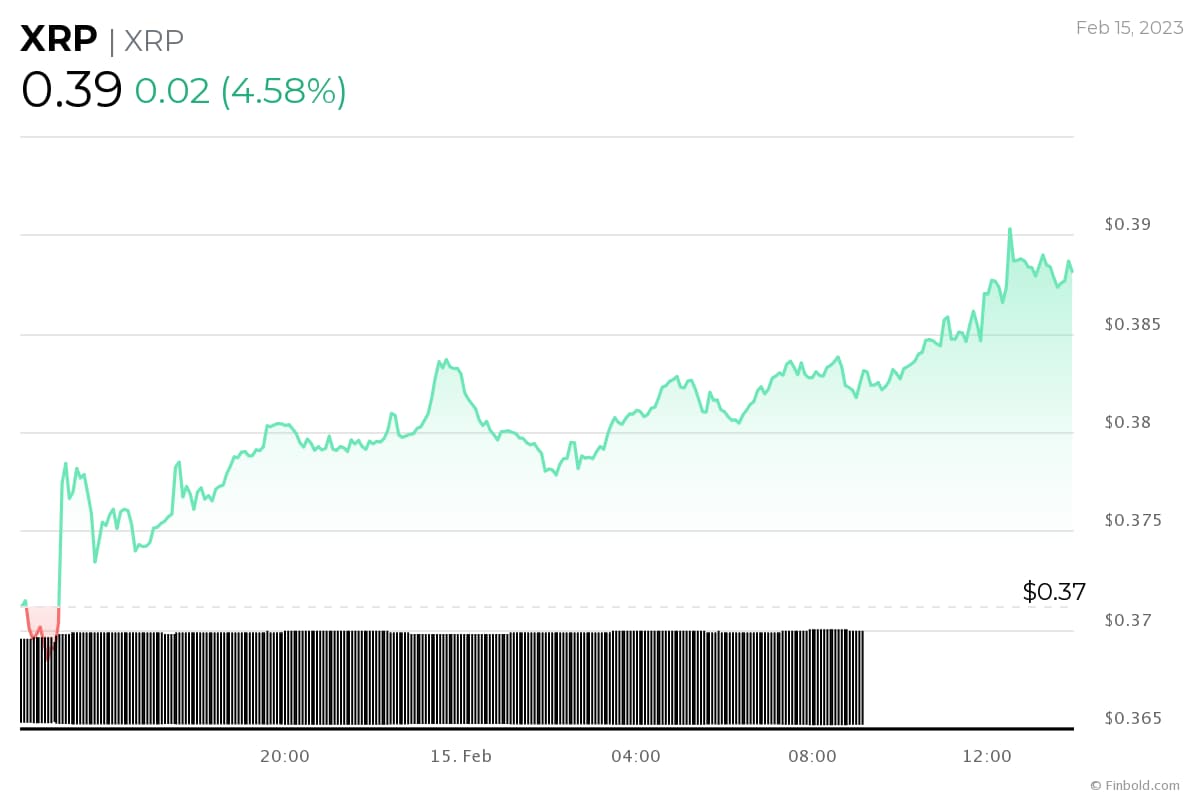Dragon's Den And Beyond: Scaling Your Business After Investment

Table of Contents
Strategic Planning Post-Investment
Before you even think about expanding operations, you need a solid plan. This isn't just a good idea; it's essential for scaling your business after investment. Effective strategic planning will guide your growth and increase your chances of success.
Defining Scalable Business Models
Your current business model might be perfect for your current size, but can it handle significant growth? Choosing a scalable business model is paramount. Several models are well-suited to scaling, each with its own advantages and disadvantages:
- Franchising: Allows rapid expansion by leveraging the investment and efforts of franchisees. Pros: fast expansion, lower initial investment for the franchisor. Cons: loss of some control, franchisee fees can be complex to manage.
- Licensing: Grants others the right to use your intellectual property (IP) in exchange for royalties. Pros: minimal investment, significant revenue potential. Cons: less control over product quality and branding.
- Strategic Partnerships: Collaborating with other companies to expand reach and resources. Pros: access to new markets and expertise. Cons: requires careful selection of partners and negotiation of agreements.
Analyzing your current business model for scalability is critical. Ask yourself: Can your production process handle a tenfold increase in orders? Does your customer service infrastructure have the capacity to support rapid growth? Understanding your current limitations is the first step towards building a scalable business. Assessing market demand and ensuring your capacity to meet that demand are vital elements of this analysis.
Developing a Robust Growth Strategy
A detailed, actionable growth strategy is your roadmap to success. This isn't a wish list; it's a concrete plan with measurable goals and timelines. Key elements include:
- Market Research: Deeply understanding your target market, competition, and market trends.
- Sales Projections: Realistic estimates of future sales based on market analysis and your growth strategy.
- Marketing Plans: Detailed plans for reaching new customers and increasing brand awareness (digital marketing, social media marketing, content marketing etc.).
- Operational Improvements: Streamlining processes to increase efficiency and reduce costs.
Setting realistic, measurable goals and Key Performance Indicators (KPIs) is crucial for tracking progress. Tools like market analysis software, CRM systems, and sales forecasting tools can provide valuable data to inform your decisions. Regularly review your strategy and adjust as needed based on your performance against these KPIs.
Managing Growth and Operational Efficiency
Growth is exciting, but it also presents operational challenges. Maintaining efficiency as you scale is critical to profitability.
Optimizing Operations for Scale
Streamlining processes and improving efficiency are essential for handling increased demand. This could involve:
- Automation: Automating repetitive tasks through software and technology.
- Technology Adoption: Investing in new technologies to improve productivity and efficiency. Consider cloud-based solutions for scalability and accessibility.
- Improved Supply Chain Management: Optimizing your supply chain to ensure timely delivery and cost-effectiveness.
- Outsourcing: Outsourcing non-core functions to specialized providers to free up internal resources.
Implementing lean methodologies, focusing on eliminating waste and improving workflow, is crucial. Successful companies often use techniques like Kaizen (continuous improvement) to constantly refine their operations.
Building a Strong Team
Scaling your business after investment requires a strong team. Recruiting and retaining skilled employees is essential for growth. Strategies include:
- Competitive Compensation: Offering salaries and benefits competitive with the market.
- Professional Development Opportunities: Investing in training and development to help employees grow their skills.
- Company Culture: Building a positive and supportive work environment.
Delegation and empowering employees are key to success. As your business grows, you can't do everything yourself. Trust your team, provide clear direction, and allow them to take ownership. Addressing the potential challenges of team expansion proactively, including communication and coordination, is vital.
Financial Management and Resource Allocation
Managing your finances effectively is crucial for sustained growth.
Budgeting and Financial Forecasting
Accurate financial projections are essential for making informed decisions. Key financial aspects to consider:
- Cash Flow Management: Ensuring you have sufficient cash to cover expenses.
- Profit Margins: Monitoring your profit margins to ensure profitability.
- Return on Investment (ROI): Tracking your ROI on investments to ensure they are generating a return.
- Break-Even Analysis: Determining the point at which your revenue equals your expenses.
Use financial data to make informed decisions, track progress against targets, and identify areas for improvement. This data will be critical for securing future funding rounds if needed.
Investor Relations and Reporting
Maintaining a strong relationship with your investors is crucial for continued support. This involves:
- Regular Reporting: Providing regular updates on your progress against milestones.
- Investor Updates: Keeping investors informed about the business's performance and future plans.
- Transparency and Open Communication: Maintaining open and honest communication with investors.
Meeting milestones is critical. Consistent communication, highlighting successes and addressing challenges transparently, will build trust and strengthen your relationship with investors.
Conclusion
Scaling a business after receiving investment requires meticulous planning, efficient operations, and astute financial management. This article has outlined key strategies for successfully navigating this critical growth phase. Remember that securing investment is only the first step; the real work begins when you implement these strategies to achieve sustainable, profitable growth. Understanding how to scale your business after investment is a key skill for any entrepreneur.
Don't let your post-investment growth stall. Develop a robust plan for scaling your business and begin implementing the strategies discussed here to achieve your full potential. Learn more about effective strategies for scaling your business after investment today!

Featured Posts
-
 International Harry Potter Day Online Shopping For Series Themed Gifts
May 02, 2025
International Harry Potter Day Online Shopping For Series Themed Gifts
May 02, 2025 -
 Is 5 Xrp Price Prediction Achievable Following Sec Developments
May 02, 2025
Is 5 Xrp Price Prediction Achievable Following Sec Developments
May 02, 2025 -
 French Rugbys Continued Rise A Six Nations 2025 Outlook
May 02, 2025
French Rugbys Continued Rise A Six Nations 2025 Outlook
May 02, 2025 -
 France Vs England Dalys Late Show Decides Tight Six Nations Encounter
May 02, 2025
France Vs England Dalys Late Show Decides Tight Six Nations Encounter
May 02, 2025 -
 Explaining The Fierce Internal Row Currently Dividing Reform Uk
May 02, 2025
Explaining The Fierce Internal Row Currently Dividing Reform Uk
May 02, 2025
